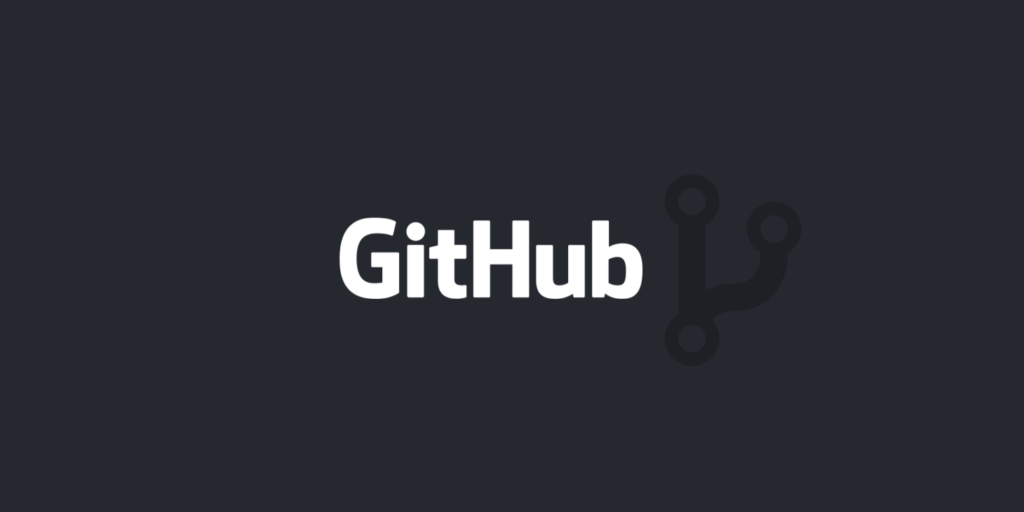Unleashing the Power of Collaboration: GitHub Best Practices
GitHub has emerged as a leading platform for version control and collaboration, empowering developers to work together seamlessly on projects of all sizes. However, to truly harness the full potential of GitHub, it is essential to adopt best practices that enhance collaboration, streamline workflows, and ensure the integrity and quality of your code. In this blog post, we will explore key GitHub best practices that will help you unlock the full potential of collaboration and take your development projects to new heights.
Create a Clear and Informative Repository Structure
A well-organized repository structure is crucial for collaboration. It allows contributors to quickly locate files, understand project architecture, and contribute effectively. Ensure your repository has a clear hierarchy, logically organized directories, and descriptive file names. Utilize README files to provide essential project information, installation instructions, and guidelines for contributors.
Leverage Branching and Pull Requests
Branching is a powerful feature of GitHub that allows parallel development and seamless collaboration. Encourage contributors to create feature branches for their work, enabling them to work independently without interfering with the main branch. Pull requests facilitate code review, discussion, and merging of changes back into the main branch. Encourage thorough code reviews to maintain code quality and catch potential issues before merging.
Collaborate Effectively with Issues
GitHub’s issue tracking system provides a centralized place for discussing, organizing, and assigning tasks. Encourage contributors to create clear and concise issues, including steps to reproduce, expected behavior, and relevant context. Use labels and milestones to categorize and prioritize issues, facilitating efficient project management. Regularly update and communicate progress on issues to keep all contributors informed.
Maintain a Descriptive and Consistent Commit History
Clear and descriptive commit messages are vital for understanding the evolution of your codebase. Encourage contributors to write meaningful commit messages that explain the purpose of the change and its impact. Use imperative language and reference related issues or pull requests when applicable. Additionally, enforce consistency in commit styles and guidelines throughout the project to maintain a clean and organized commit history.
Automate with GitHub Actions
GitHub Actions allows you to automate various aspects of your workflow, such as running tests, deploying applications, and performing code analysis. Leverage the power of Actions to streamline your development process, reduce manual tasks, and ensure consistent quality. Create workflows that trigger on events like pull requests or pushes to specific branches, enabling continuous integration and automated testing.
Prioritize Code Reviews and Collaboration
Code reviews are essential for maintaining code quality and facilitating knowledge sharing among team members. Encourage thorough and constructive code reviews by establishing clear guidelines and expectations. Provide feedback respectfully and focus on improving the code rather than criticizing the developer. Actively engage in discussions, address concerns, and foster a collaborative environment that encourages learning and growth.
Monitor and Manage Security
GitHub offers several security features to protect your code and sensitive data. Enable security alerts to receive notifications about known vulnerabilities in your project’s dependencies. Regularly update dependencies and fix security issues promptly. Utilize code scanning tools, such as CodeQL, to identify and address potential security weaknesses in your codebase.
Utilize GitHub’s Project Boards
GitHub’s Project Boards provide a visual way to manage and track the progress of your projects. Create boards to represent different stages of your workflow, such as “To Do,” “In Progress,” and “Completed.” Assign issues or pull requests to specific boards, enabling a clear overview of the project’s status. Utilize labels and milestones within the project boards to further organize and prioritize tasks.
Microsoft Fabric: Empowering Data-Driven Organizations with Advanced Data Integration and Analytics
Enable Continuous Integration and Deployment
Integrating continuous integration (CI) and continuous deployment (CD) practices into your GitHub workflow can greatly improve efficiency and quality. Use CI tools such as Travis CI, CircleCI, or GitHub Actions to automatically build, test, and validate your code changes. Configure your CI pipeline to run tests, perform code analysis, and generate reports. Additionally, leverage CD tools to automate deployment to staging or production environments whenever changes are merged into the main branch.
Establish Code Style and Formatting Guidelines
Consistent code style and formatting enhance readability, maintainability, and collaboration within a project. Define code style guidelines and adopt a code formatter, such as Prettier or ESLint, to enforce those standards automatically. Include a configuration file in your repository that sets up the code formatter for contributors. This ensures that everyone adheres to the same code style, reducing unnecessary discussions and conflicts.
Use Git Tags and Releases
Git tags and releases help mark important milestones in your project’s history. Tags provide a way to create a named reference to a specific commit, such as version numbers or release candidates. Releases bundle together specific tagged commits, providing a convenient way to distribute stable versions of your software. Leverage tags and releases to clearly communicate major updates, bug fixes, or feature enhancements to your users or stakeholders.
Foster a Welcoming and Inclusive Community
Building a vibrant and inclusive community around your GitHub project fosters collaboration, attracts contributors, and drives innovation. Encourage respectful and inclusive communication within issue discussions, pull requests, and other project interactions. Embrace diversity and create guidelines for contributing that welcome newcomers, regardless of their background or experience level. Provide clear documentation and resources to help new contributors get started and feel supported.
By implementing these GitHub best practices, you can unlock the full potential of collaboration and elevate your development projects to new heights. A well-organized repository structure, effective branching and pull requests, efficient issue management, descriptive commit history, automation with GitHub Actions, prioritized code reviews, and robust security practices are all crucial elements for successful collaboration on GitHub. Embrace these practices and watch as your team’s productivity, code quality, and overall project success soar on the world’s leading developer platform.

